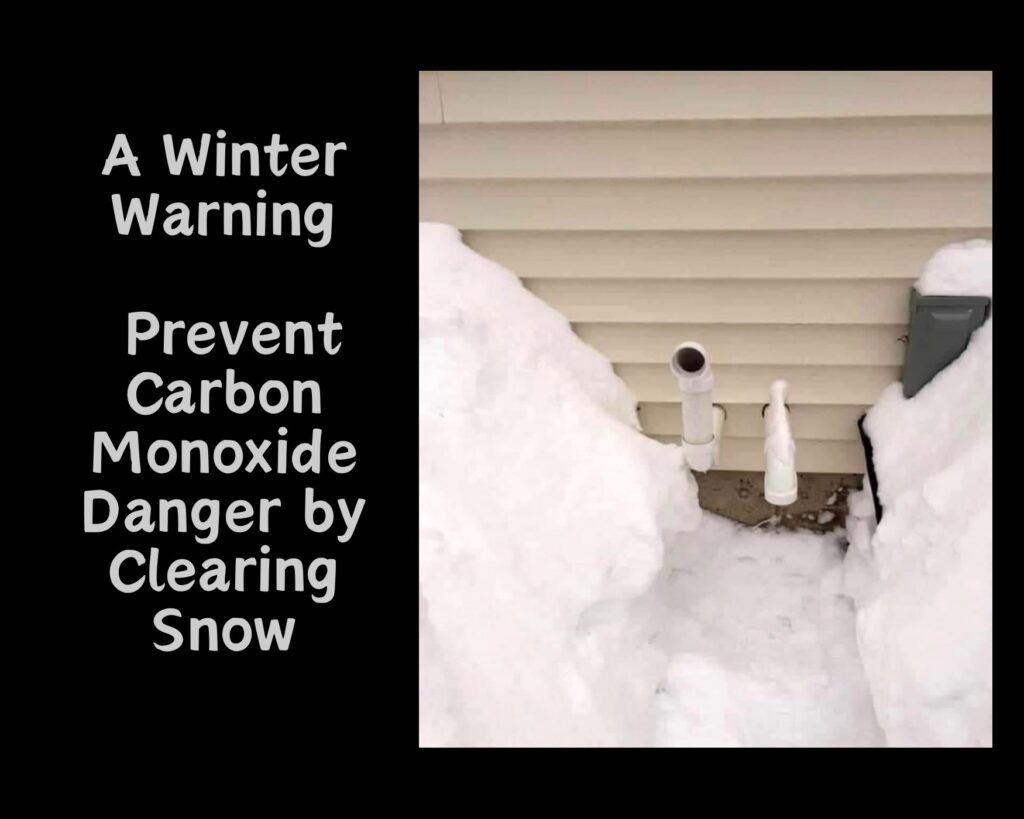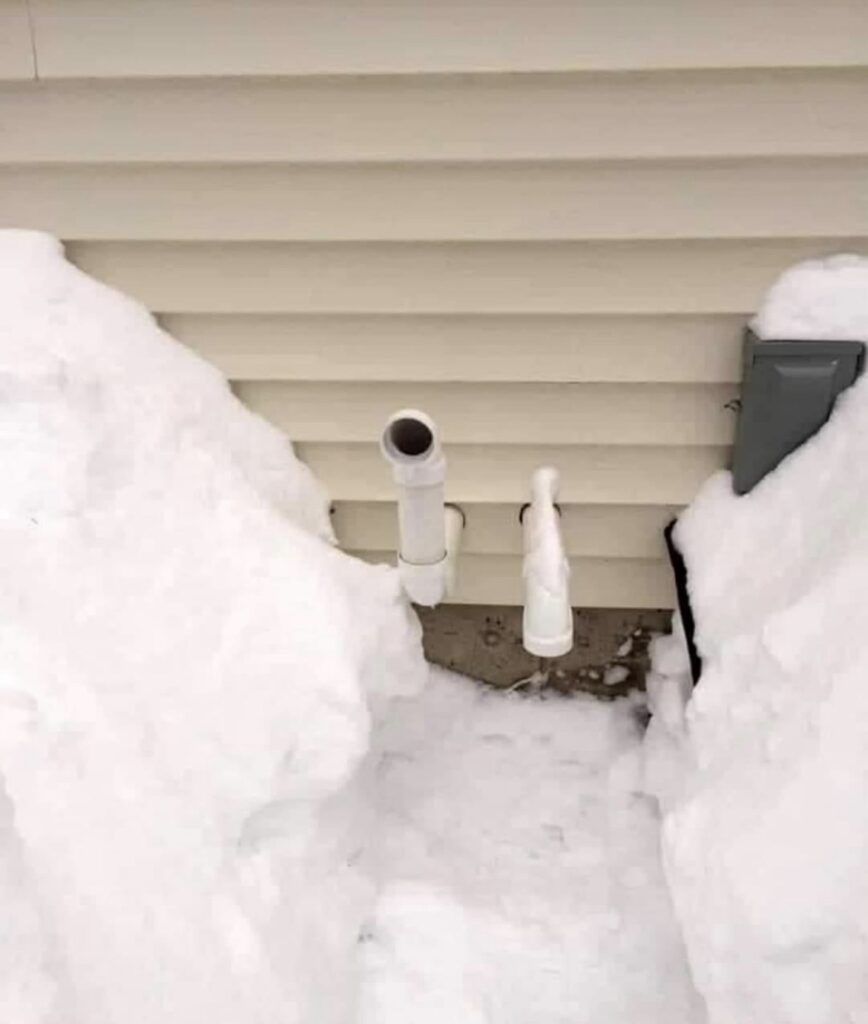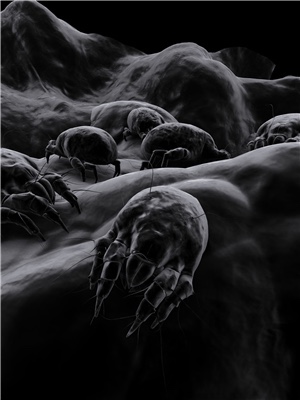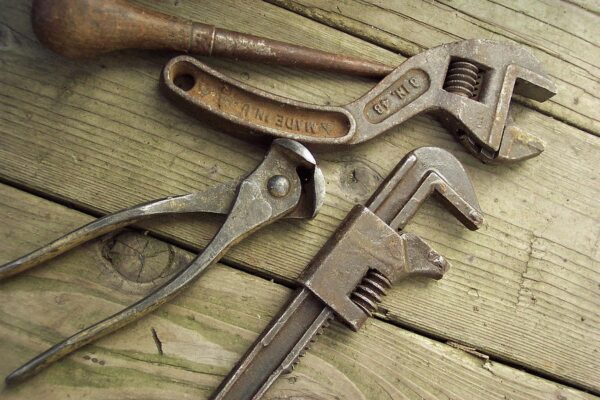Understanding Carbon Monoxide and Its Dangers
As the winter season blankets our homes in snow, the warmth from our heating systems becomes our refuge. However, this comfort comes with a silent threat that lurks unseen – carbon monoxide (CO). This colorless, odorless gas is produced when fuels such as gas, oil, coal, or wood do not burn completely. In outdoor settings, CO disperses quickly into the air, posing little threat. However, inside our homes, CO can become trapped, leading to potentially lethal exposure.

The Invisible Hazard
Carbon monoxide is often dubbed the “invisible killer” due to its undetectable nature. Without color, taste, or smell, it can accumulate to dangerous levels without anyone noticing until symptoms of poisoning manifest. This characteristic makes it imperative for homeowners to understand the sources of CO and take proactive measures to prevent its accumulation.
Common Sources in the Home
During winter, the use of heating appliances increases. Furnaces, gas stoves, water heaters, and portable generators are common sources of CO in our homes. When snow blocks exhaust vents and flues, CO cannot escape, causing it to back up into the living space. This scenario is particularly common after heavy snowfall, where vents can become covered unexpectedly.
The Dangers of CO Exposure
Exposure to carbon monoxide can result in a range of symptoms, from mild headaches and dizziness to severe neurological damage or even death. The risk is higher at night when families are sleeping, as symptoms might not be noticed immediately, delaying essential actions that could prevent poisoning.
At-Risk Populations
Certain groups are more vulnerable to the effects of CO, including unborn babies, infants, and individuals with chronic heart disease, anemia, or respiratory problems. For these populations, even low levels of CO exposure can have serious health consequences.
Preventive Insight
Understanding the dangers of carbon monoxide and its potential sources within our homes during winter is the first step in safeguarding our families. Awareness leads to action, such as ensuring that heating systems are regularly inspected and that CO detectors are installed and functioning properly. These simple measures can be lifesaving, transforming our homes from potential danger zones to safe havens during the cold months.
The Critical Link Between Snowfall and CO Exposure

As winter’s grip tightens, the picturesque snowfall can quickly turn into a silent peril, particularly when it comes to the risk of carbon monoxide (CO) exposure in our homes. The connection between heavy snowfall and increased CO danger is a critical one, often overlooked until it’s too late. Understanding this link is essential for ensuring the safety and well-being of our families during the coldest months.
Snowfall and Exhaust Blockages
The heart of the issue lies in how snow can block exhaust vents and flues, the crucial pathways that allow CO to escape from our homes. These vents are connected to our heating systems, water heaters, and any appliance that burns fuel. When snow accumulates around these outlets, it can create a seal that traps CO gas inside, allowing it to build up to dangerous levels.
Identifying Risk Areas
The first step in preventing CO buildup is to identify where your home’s exhaust vents and flues are located. Common areas include the sides of buildings for dryers and heaters, and the roof for chimneys. Knowing these locations allows you to check them regularly during and after heavy snowfall, ensuring they remain clear and unobstructed.
The Impact of Drifting Snow
Even homes that have their vents placed at a higher level are not immune to the dangers of snow blockages. Wind-driven snow can create significant drifts that climb high up the sides of a building, potentially covering vents that would otherwise be out of reach of normal snowfall. This drifting effect underscores the importance of vigilance after snowstorms, especially in areas prone to high winds.
Preventative Actions
Taking proactive steps is key to preventing CO exposure related to snow blockages:
- Regular Monitoring: After each snowfall, make it a routine to inspect and clear snow away from vents and flues.
- Install CO Detectors: Ensure your home is equipped with carbon monoxide detectors on every level, especially near sleeping areas, to alert you if CO levels rise.
- Professional Inspections: Have your heating system, water heater, and any other gas, oil, or coal burning appliances serviced by a qualified technician every year to ensure they are operating correctly and safely.
Educating Others
Awareness is crucial. Share information about the risks of CO exposure and the importance of clearing snow from vents with your neighbors, friends, and family. Community awareness can save lives, making education a powerful tool in the fight against carbon monoxide poisoning.
Step-by-Step Guide to Clearing Exhaust Vents and Flues

Ensuring the safety of our homes during the winter requires vigilance, especially when it comes to preventing carbon monoxide (CO) exposure. A critical aspect of this safety is keeping exhaust vents and flues clear from snow and ice blockages. Similar to how a clogged sewer vent pipe can lead to significant home maintenance issues, blocked exhaust vents can pose serious health risks by trapping CO gas inside your home. For an in-depth exploration of vent maintenance and blockage prevention, consider the insights offered in “Understanding Clogged Sewer Vent Pipe Symptoms, Fixes, and Prevention” on DIYHomeWizard.com, which provides a comprehensive look at maintaining clear vents for overall home safety.
Identifying Your Home’s Exhaust Vents and Flues
Before the snow falls, familiarize yourself with the location of your home’s exhaust vents and flues. These can be for your furnace, water heater, and any other appliances that vent outside. Knowing where these are located is the first step in ensuring they remain clear, even after heavy snowfall.
Clearing Snow and Ice Safely
- Equipment Preparation: Ensure you have the proper equipment for snow removal, including a shovel, broom, and possibly a ladder (make sure to follow all safety precautions when using a ladder).
- Regular Checks: After each snowfall, and especially after heavy snowstorms, check all vent and flue locations for blockages.
- Gentle Clearing: Use a broom or your hands to gently remove snow from around the vents. Avoid using sharp tools that could damage the vents.
- Maintain a Clear Area: Clear a wide area around each vent to prevent drifting snow from quickly covering them again.
- Monitor Snow Drifts: Pay special attention to drifting snow, which can accumulate in unexpected places and may require more frequent checks.
Professional Inspection and Maintenance
Beyond DIY maintenance, scheduling annual inspections of your heating system, vents, and flues by a qualified professional is crucial. These experts can identify and rectify potential issues before they become hazards, ensuring your home remains safe from CO risks.
Educating Your Household
Ensure all members of your household are aware of the importance of keeping vents and flues clear. Educate them on the symptoms of CO poisoning and the steps to take if they suspect CO exposure, emphasizing the importance of immediate action and ventilation.
Recognizing Symptoms of CO Poisoning and Immediate Actions
Carbon monoxide (CO) poisoning is notoriously deceptive, often mistaken for common ailments. Symptoms include headache, dizziness, weakness, upset stomach, vomiting, chest pain, and confusion. These can quickly escalate to unconsciousness or death if not addressed promptly. The danger is compounded during sleep when individuals are unable to recognize symptoms, leading to tragic outcomes.
Immediate Actions if CO Poisoning is Suspected:
- Ventilate: Immediately move to fresh air—outside or near an open window or door. Ensure everyone in the home does the same.
- Call for Help: Once safe, call emergency services. Do not delay; CO poisoning is a life-threatening emergency that requires professional medical evaluation.
- Do Not Re-enter: Wait for clearance from emergency responders before re-entering your home.
Preventive Measures and Safety Practices
Preventing CO exposure is paramount and starts with proactive measures:
- Install CO Detectors: Place battery-operated or battery-backup CO detectors near every sleeping area in your home. Check them regularly to ensure they are functioning.
- Regular Maintenance: Annual inspections of all fuel-burning appliances by a qualified technician can prevent CO buildup.
- Educate Your Household: Ensure everyone knows the symptoms of CO poisoning and the importance of maintaining clear exhaust vents and flues.
Winter brings the joy of snowfall but also the hidden danger of carbon monoxide exposure. The critical link between snowfall and CO risk highlights the importance of keeping exhaust vents and flues clear. By understanding the symptoms of CO poisoning and taking immediate actions, you can protect your family from this invisible threat. Regular maintenance, the installation of CO detectors, and adherence to safety practices are non-negotiable steps in ensuring your home remains a safe haven against the dangers of carbon monoxide. Let’s embrace winter’s beauty safely, with awareness and preparedness at the forefront of our seasonal routines.
As an Amazon Associate we earn from qualifying purchases through some links in our articles.




